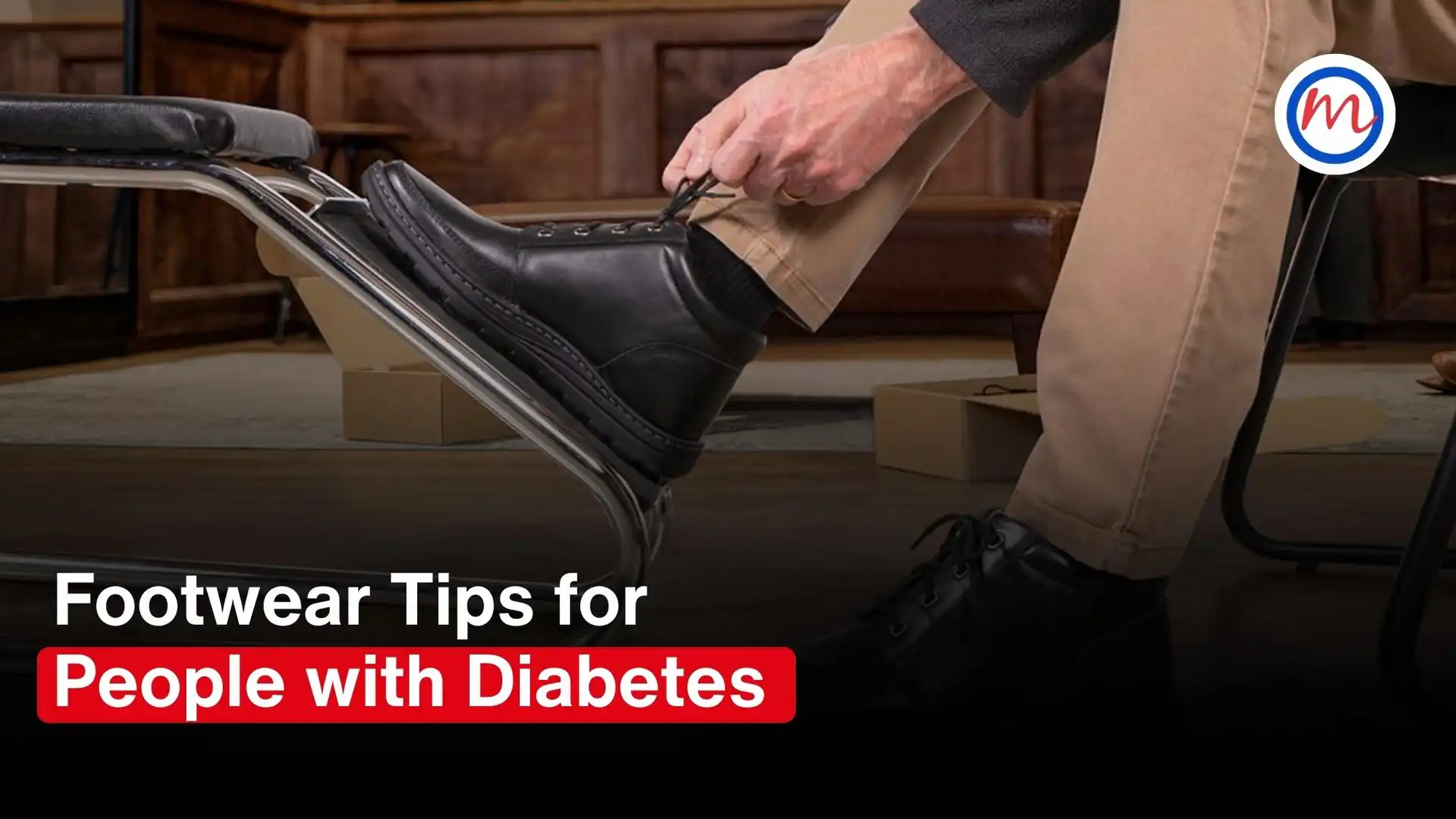Footwear Tips for People with Diabetes: Protecting Your Feet Every Step of the Way
Introduction
Foot health is critical for individuals with diabetes. Due to reduced blood circulation and nerve damage (neuropathy), even minor foot injuries can lead to serious complications. One of the simplest yet most effective ways to prevent foot problems is by choosing the right footwear. This article shares essential footwear tips for people with diabetes to keep their feet protected and comfortable.
Why Is Proper Footwear So Important for People with Diabetes?
Individuals with diabetes are more prone to foot problems such as blisters, ulcers, infections and slow-healing wounds. Poorly fitted or inappropriate shoes can worsen these issues. Since diabetic neuropathy may reduce the sensation in the feet, people might not even realise when an injury occurs. Proper footwear reduces pressure points, prevents injuries, and provides stability.
Tips for Choosing the Best Footwear for Diabetes
- Choose Shoes with a Wide Toe Box
Shoes that are too tight can cause friction and pressure. Select footwear with a wide toe box to allow free movement of the toes and to prevent calluses and blisters.
- Look for Soft, Seamless Interiors
Rough seams, hard stitching, or materials inside the shoe can rub against the skin and cause sores. Shoes with seamless interiors and soft linings are best suited for people with sensitive feet.
- Always Opt for Cushioned Insoles
Padded insoles reduce pressure and provide better shock absorption, especially for those who walk or stand for long hours. You may also consider custom orthotic insoles if advised by your podiatrist.
- Low Heels and Non-Slip Soles
Avoid high heels or thin soles. Instead, opt for flat, sturdy shoes with anti-slip soles. These reduce the risk of falling and provide better grip and balance.
- Check Shoe Size Regularly
Due to swelling or changes in foot shape, your shoe size may vary over time. Always get your feet measured before buying new shoes and never assume the size you used a year ago is still accurate. It is better to buy footwear in the evening since the foot size increases as the day goes on. Always try on both shoes in a pair before buying.
- Avoid Open-Toed and Pointed Shoes
Flip-flops, sandals, or pointed shoes may expose the feet to injuries. Closed shoes offer better protection from dust, pebbles and possible trauma.
- Use Diabetic Socks
Pairing your shoes with moisture-wicking, seamless diabetic socks helps reduce the risk of blisters and fungal infections.
When Should You See a Specialist?
If you have any of the following symptoms, visit your diabetologist or podiatrist:
- Redness or swelling in the foot
- Sores that don’t heal within a week
- A feeling of numbness or tingling
- Foot deformities or unusual pressure points
Footwear Mistakes to Avoid
- Walking barefoot at home or outdoors
- Wearing worn-out shoes with no padding
- Ignoring minor cuts or blisters
- Wearing the same shoes daily without airing them
Diabetic-Friendly Shoe Brands and Custom Options
In India, many top brands offer diabetic-friendly shoes. You can also explore custom orthotic shoes through your local diabetic clinic or podiatrist.
Dr. Mohan’s Diabetes Specialities Centre offers foot care consultations and diabetic footwear guidance as part of its comprehensive diabetes care services.
Footwear may seem like a small detail, but for people with diabetes, it can mean the difference between a healthy step and a serious complication. Invest in proper diabetic-friendly footwear, maintain good foot hygiene, and conduct daily foot checks to stay safe. Your feet carry you every day—protect them with care and the right pair of shoes.
for more
Visit us: https://drmohansdiabetes.co.in/enroll/?campname=website



